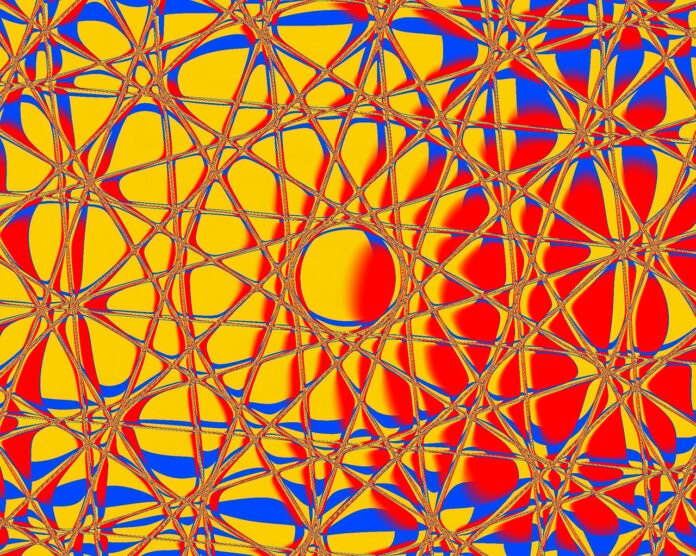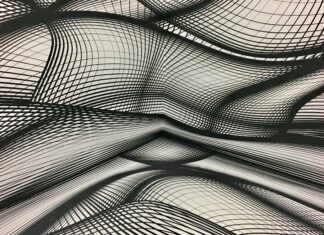3D Printing, also known as additive manufacturing, is a revolutionary technology that has gained immense popularity in recent years. It involves creating three-dimensional objects layer by layer, typically from a digital model or design. Here’s a comprehensive overview of key aspects related to 3D Printing:
Definition and Process:
3D Printing is a manufacturing process where a digital model of an object is converted into a physical item by adding material layer by layer. This process is fundamentally different from traditional subtractive manufacturing, where material is removed to create the final product.
Additive Manufacturing:
The term “additive” stems from the additive nature of 3D Printing. It starts with a base layer and adds successive layers of material to construct the object. Each layer is meticulously designed and positioned to form the desired shape.
Materials Used:
3D Printing employs a wide array of materials, including plastics, metals, ceramics, resins, and composites. The choice of material depends on the specific application, desired properties, and the 3D printing technology being utilized.
Types of 3D Printing Technologies:
There are various 3D printing technologies, each with its own set of advantages and applications. Common types include Fused Deposition Modeling (FDM), Stereolithography (SLA), Selective Laser Sintering (SLS), and Digital Light Processing (DLP). Each technology has specific material compatibilities and optimal use cases.
Applications:
3D Printing has extensive applications across multiple industries. It is used in aerospace for creating lightweight components, in healthcare for printing prosthetics and custom implants, in automotive for rapid prototyping, in architecture for creating models, and in consumer goods for personalized products.
Rapid Prototyping and Product Development:
3D Printing is particularly valuable in rapid prototyping, enabling the quick and cost-effective production of prototypes for testing and validation. This accelerates product development cycles and facilitates iterative design improvements.
Customization and Personalization:
3D Printing allows for highly customized and personalized products. Whether it’s custom-fit orthotics, tailored clothing, or unique consumer goods, 3D Printing empowers individuals and businesses to create products to their exact specifications.
Impact on Supply Chain:
3D Printing is disrupting traditional supply chains by enabling distributed manufacturing. Instead of centralized production and shipping, products can be manufactured on-demand locally or even at home, reducing logistics and inventory costs.
Sustainability and Environmental Benefits:
3D Printing contributes to sustainability efforts by reducing material wastage during manufacturing. It also enables the use of recycled materials and supports the trend towards circular economies.
Future Trends and Innovations:
The future of 3D Printing holds exciting prospects, including advancements in multi-material printing, faster printing speeds, greater material variety, bio-printing for medical applications, and further integration with other technologies like artificial intelligence.
3D Printing is a transformative technology that is reshaping how we design, manufacture, and distribute products. Its ability to create complex geometries, support customization, and streamline the production process positions it as a key enabler for innovation in numerous industries. Understanding the fundamental principles and the evolving landscape of 3D Printing is crucial for leveraging its potential and driving future advancements.
3D Printing, also known as additive manufacturing, is a revolutionary technology that has gained immense popularity in recent years. It involves creating three-dimensional objects layer by layer, typically from a digital model or design. This process is fundamentally different from traditional subtractive manufacturing, where material is removed to create the final product. The term “additive” stems from the additive nature of 3D Printing, which starts with a base layer and adds successive layers of material to construct the object. Each layer is meticulously designed and positioned to form the desired shape.
One of the defining aspects of 3D Printing is the versatility in materials used. A wide array of materials is employed, including plastics, metals, ceramics, resins, and composites. The choice of material depends on the specific application, desired properties, and the 3D printing technology being utilized. Various 3D printing technologies exist, each with its own set of advantages and applications. Common types include Fused Deposition Modeling (FDM), Stereolithography (SLA), Selective Laser Sintering (SLS), and Digital Light Processing (DLP). Each technology has specific material compatibilities and optimal use cases.
The applications of 3D Printing are extensive and span across multiple industries. It is used in aerospace for creating lightweight components, in healthcare for printing prosthetics and custom implants, in automotive for rapid prototyping, in architecture for creating models, and in consumer goods for personalized products. Notably, 3D Printing is particularly valuable in rapid prototyping, enabling the quick and cost-effective production of prototypes for testing and validation. This accelerates product development cycles and facilitates iterative design improvements.
Moreover, 3D Printing allows for highly customized and personalized products. Whether it’s custom-fit orthotics, tailored clothing, or unique consumer goods, 3D Printing empowers individuals and businesses to create products to their exact specifications. This customization is a significant advantage in various industries, allowing for tailored solutions to meet specific needs. Additionally, 3D Printing is disrupting traditional supply chains by enabling distributed manufacturing. Instead of centralized production and shipping, products can be manufactured on-demand locally or even at home, reducing logistics and inventory costs.
Furthermore, 3D Printing contributes to sustainability efforts by reducing material wastage during manufacturing. It also enables the use of recycled materials and supports the trend towards circular economies. Looking ahead, the future of 3D Printing holds exciting prospects, including advancements in multi-material printing, faster printing speeds, greater material variety, bio-printing for medical applications, and further integration with other technologies like artificial intelligence. These innovations are expected to further expand the reach and potential applications of 3D Printing, making it an increasingly integral part of modern manufacturing and product development. In conclusion, 3D Printing is a transformative technology with vast potential to impact multiple industries positively. Understanding its fundamental principles and keeping abreast of its evolving capabilities is essential for effectively leveraging 3D Printing and driving future advancements in diverse domains.
In conclusion, 3D Printing, also known as additive manufacturing, has emerged as a transformative technology revolutionizing various industries. Its fundamental additive approach, utilizing a diverse range of materials and technologies, facilitates an array of applications, from rapid prototyping to customized products. The ability to create intricate designs, reduce waste, and enable localized production makes 3D Printing an attractive choice for the future of manufacturing. As it continues to evolve, with advancements in materials, multi-material printing, and integration with emerging technologies, 3D Printing is poised to play an even more pivotal role in shaping industries and accelerating innovation. Understanding its potential and staying updated with its progress is vital for individuals and industries aiming to harness its capabilities for growth and sustainability.


















